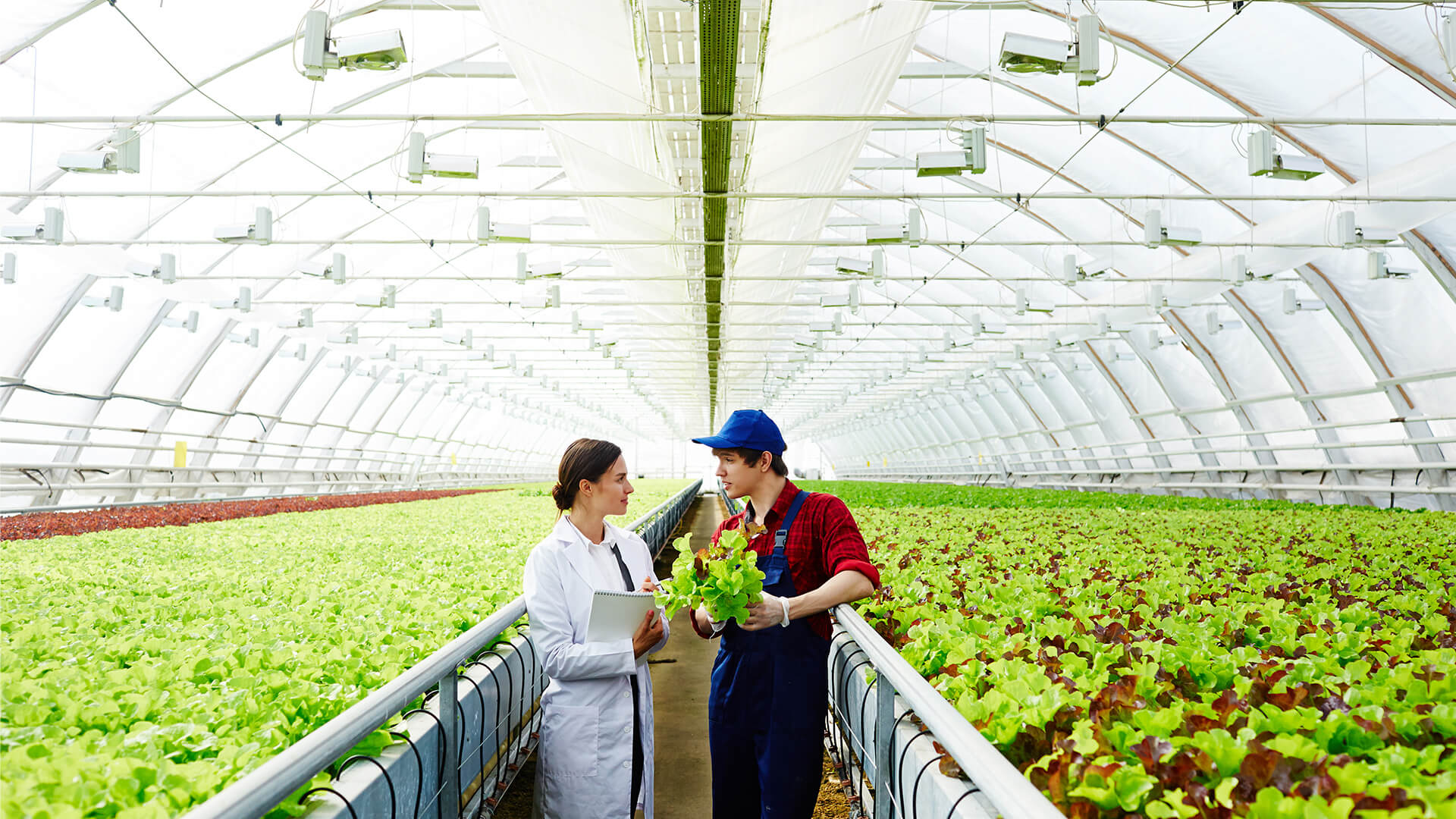
America's agricultural sector has been facing challenges in workforce availability, climate, technology, among many other issues. With the world population expected to hit 9 billion by the year 2050, agriculture businesses will need to ramp up production by up to 70% to accommodate the growing population.
Farms across the U.S are incorporating new and innovative techniques to deal with issues of pesticides, fertilizers, contamination, spoiled produce, harvesting, and diminishing labor force. Thankfully, federal tax credits are available for corporations, individuals, and businesses undertaking research and development efforts to alleviate the current farming and produce challenges while enhancing better yields.
The Research & Development Tax Credit
Research & Development Tax Credits are a government incentive aimed at helping businesses by encouraging and rewarding innovation. The federal Research and Development (R&D) Tax Credit act was enacted in 1981 and allows a credit of up to 13% of eligible spending for new or improved processes and products. R&D tax credits are available to companies engaged in research and development activity, regardless of their size, albeit subject to eligibility.
R&D Eligibility Requirements
Your research/project can qualify for tax credits if it meets the following criteria:
- Improved or new products, processes, or software- Your research qualifies if it relates to a new or enhanced performance, function, or quality of an agricultural component (i.e., process, product, formula, software, or technique).
- Technological in nature- This is to say that the activity(s) to be undertaken must be primarily technical. As such, the activity must be based on principles of science such as biology, computer science, or engineering.
- Eliminates uncertainties- The activity must also tackle uncertainties in the methodology, capabilities, or development process of the business component.
- Process of experimentation- For the research to qualify for the R&D tax credit, the activity must also entail evaluation and experimentation of one or more options through development, refinement, and testing of different alternatives.
Qualified costs include costs of supplies, testing, or patents, research expenses, and employee wages.
Are You Missing Out?
The agricultural sector is rife with activities that are eligible for the R&D tax credit. Check out a few brief examples of the R&D tax credit for agriculture to help you determine your eligibility.
Common Examples of R&D Tax Credits for Agriculture
1. Development of New or Enhanced Storage Techniques
This may entail developing packaging to control temperature and moisture or even a structural design to prevent the produce/product from degradation, contamination, molding, fermentation, or grain clumping.
2. Development of New or Improved Conveyance Chains/Systems
As a product is moved through production, there can be changes to the conveyance design or process to reduce waste/material loss, improve speed, or enhance the process's dependability. Transport designs such as refrigeration or trucking may also qualify.
3. Development of New or Improved Products or Processes to Maximize Yield
As you seek to improve the growth or returns on livestock or crops, there is a wide range of activities that may qualify here. These include:
- Testing of new or improved techniques of planting and harvesting
- Testing of new or improved fertilizers or chemical additives
- Testing of new or enhanced feeding techniques and feeds to enhance livestock growth and health
- Examining new soil blends, including nutrient density, mineral content, and pH
- Evaluation of new products and methods for preventing disease or pest infestation
4. Development of new or improved software
This may entail developing software meant to facilitate land tracking, produce or material monitoring and crop selection based on soil characteristics.
5. Development of New or Improved Irrigation Technologies
If you are creating a mechanical, electrical system or software to automate or streamline an irrigation process, your project may be eligible for R&D tax credits.
6. Development of New or Improved Techniques or Equipment to Minimize Environmental Impact
This involves equipment or techniques to enhance compliance with evolving environmental legislation or, generally, any other interventions in agriculture meant to promote environmental conservation.
Common Exclusionary Items
It is worth noting that the following items are usually not eligible for R&D tax credits:
- Equipment investment subject to depreciation
- Small adjustments to livestock diet or feed components
- Adapting an existing product to a customer's specifications
- Administrative or functional operations that do not contribute or amount to agricultural innovation
How We Can Help
Many agricultural corporations and businesses are still unaware that the government is offering generous R&D incentives or believe that such incentives do not apply to the agricultural sector. Even those aware may fail to grasp the full extent of R&D tax credits that they are entitled to. Have questions? Contact us today to learn more about these unique tax credits and how they might benefit you.
Recent News & Insights
Decoding Performance: Analyzing Your Monthly Financial Statements
Benefits of Temporary Staffing
Financial Planning Advice for Recent College Grads
2024’s Hot Stocks Have Cooled Fast + 4.23.25



.jpg?width=300&height=175&name=Mega%20Menu%20Image%20(1).jpg)
%20(1).jpg?width=300&height=175&name=Mega%20Menu%20Image%20(2)%20(1).jpg)
%20(1)-Mar-08-2024-09-27-14-7268-PM.jpg?width=300&height=175&name=Untitled%20design%20(6)%20(1)-Mar-08-2024-09-27-14-7268-PM.jpg)

%20(1)-Mar-08-2024-09-11-30-0067-PM.jpg?width=300&height=175&name=Untitled%20design%20(3)%20(1)-Mar-08-2024-09-11-30-0067-PM.jpg)
%20(1).jpg?width=300&height=175&name=Mega%20Menu%20Image%20(3)%20(1).jpg)
%20(1).jpg?width=300&height=175&name=Mega%20Menu%20Image%20(4)%20(1).jpg)
%20(1).jpg?width=300&height=175&name=Mega%20Menu%20Image%20(5)%20(1).jpg)
-Mar-08-2024-08-50-35-9527-PM.png?width=300&height=175&name=Untitled%20design%20(1)-Mar-08-2024-08-50-35-9527-PM.png)


.jpg)




